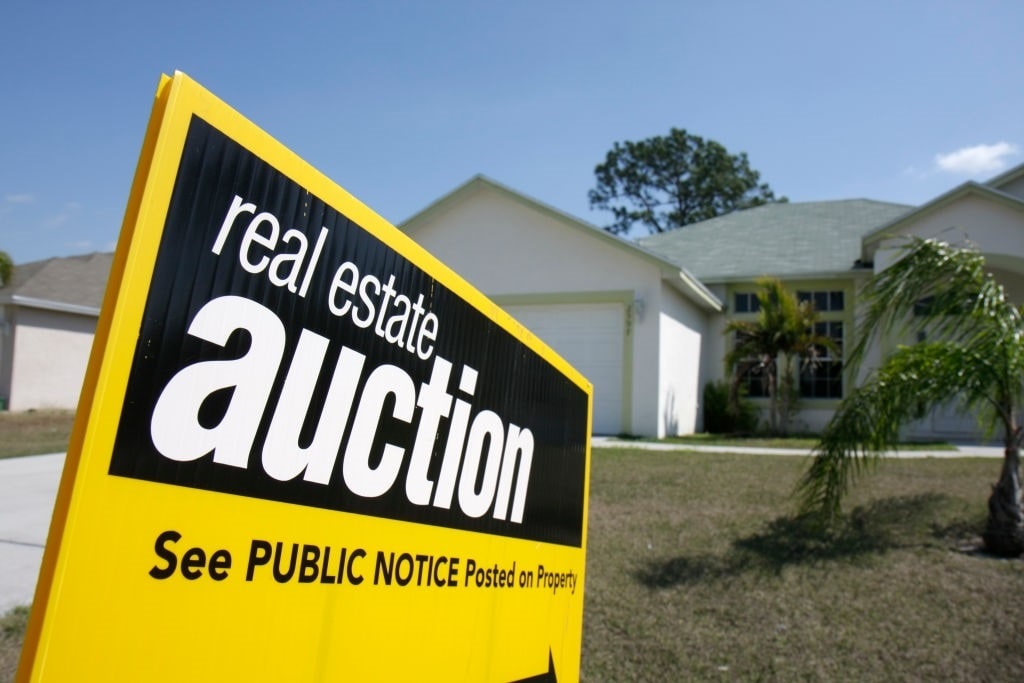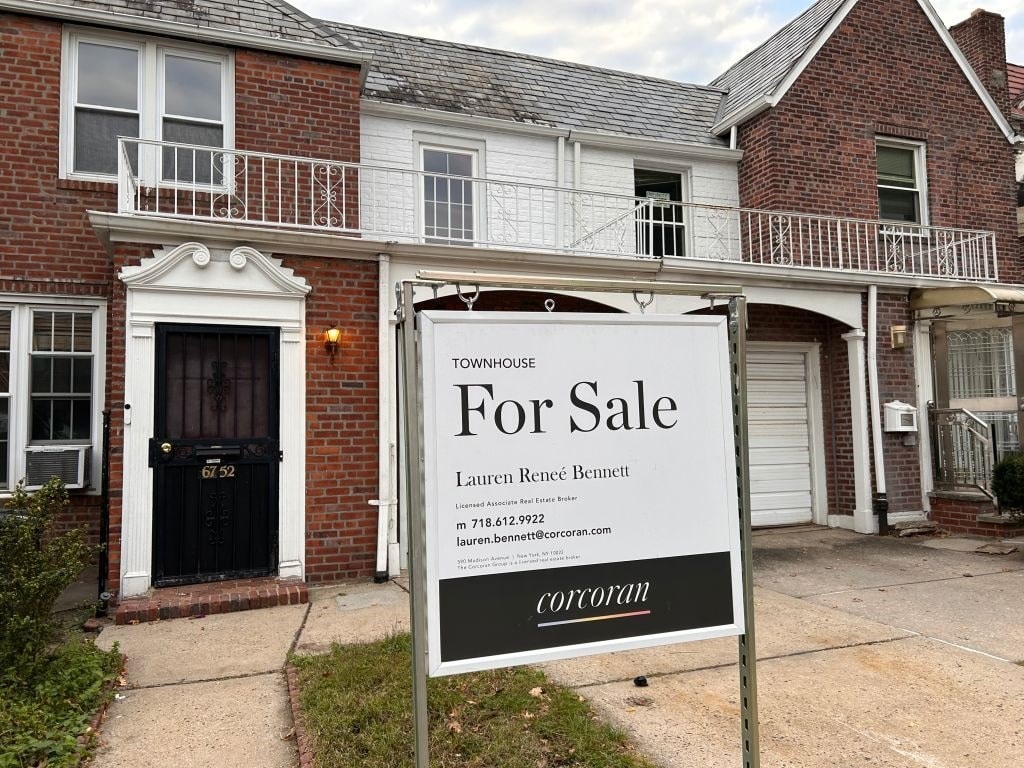It’s no secret that America is a deeply troubled nation. Runaway crime, inflation, soaring obesity rates, poor health outcomes, the breakdown of social comity… the list is as well-known as it is interminable. Perhaps the most significant class divide in the next few years will be between those rich enough to walk away from the mess and those with no choice but to stay put and endure it.
“Wealthy US families are increasingly applying for second citizenships and national residences as a way to hedge their financial risk, according to a leading law firm,” CNBC reported earlier this month.
‘Passport Portfolios’ for Rich ‘Global Citizens’
“The wealthy are building these ‘passport portfolios’ – collections of second, and even third or fourth citizenships – in case they need to flee their home country,” the financial news site writes. “Henley & Partners, a law firm that specializes in high-net-worth citizenships, said Americans now outnumber every other nationality when it comes to securing alternative residences or added citizenships.”
 If the Titanic is approaching the iceberg, the immensely well-off are ensuring they have secured their place in the lifeboat. “Recent high-profile examples of second citizenships include billionaire tech investor Peter Thiel, who added a citizenship in New Zealand, and former Google CEO Eric Schmidt, who applied for citizenship in Cyprus,” CNBC notes.
If the Titanic is approaching the iceberg, the immensely well-off are ensuring they have secured their place in the lifeboat. “Recent high-profile examples of second citizenships include billionaire tech investor Peter Thiel, who added a citizenship in New Zealand, and former Google CEO Eric Schmidt, who applied for citizenship in Cyprus,” CNBC notes.
It’s hard not to see the trend as an inevitable outcome of rich Americans aggressively embracing globalism in pursuit of additional revenue streams. Glenn Hutchins, a powerful private equity investor who donates heavily to Democrat causes, was quoted in The Atlantic 13 years ago saying:
“A person in Africa who runs a big African bank and went to Harvard might have more in common with me than he does with his neighbors, and I could well share more overlapping concerns and experiences with him than with my neighbors….
“Beijing has a lot in common with New York, London, or Mumbai. You see the same people, you eat in the same restaurants, you stay in the same hotels. But most important, we are engaged as global citizens in crosscutting commercial, political, and social matters of common concern. We are much less place-based than we used to be.”
The gulf between average Americans and the rich and super-wealthy is only growing as middle- and lower-class citizens struggle mightily with runaway inflation during the Biden years.
“The wealth of the top 1% hit a record $44.6 trillion at the end of the fourth quarter [2023], as an end-of-year stock rally lifted their portfolios, according to new data from the Federal Reserve,” CNBC reported in March. “The total net worth of the top 1%, defined by the Fed as those with wealth over $11 million, increased by $2 trillion in the fourth quarter. All of the gains came from their stock holdings. The value of corporate equities and mutual fund shares held by the top 1% surged to $19.7 trillion from $17.65 trillion the previous quarter.”
The Others
In contrast, the rest of America is hurting. Even Democrats and their media allies are beginning to grasp the extent of the rising discontent, and its potential political ramifications.

(Photo by: Jeffrey Greenberg/Universal Images Group via Getty Images)
“The modern Democratic Party, and liberalism itself, is to a substantial extent a bastion of college-educated, upper-middle-class professionals, people for whom Biden-era inflation is unpleasant but rarely calamitous,” read a think piece from the usually progressive establishment magazine The Atlantic. “Poor, working-class, and lower-middle-class people experience a different reality. They carry the searing memories of the Great Recession and its foreclosure crisis, when millions of American households lost their home. A large number of these Americans worked in person during the dolorous early days of the [coronavirus] pandemic, and saw its toll up close.”
“And since 2019, they’ve weathered 20 percent inflation and now rising interest rates – which means they’ve lost more than a fifth of their purchasing power,” the author continues. “Tell these Americans that the economy is humming, that median wage growth has nudged ahead of the core inflation rate, and that everything’s grand, and you’re likely to see a roll of the eyes.”
These are the people who can’t just pack up and leave.
As Liberty Nation documented in January 2022, rich urbanites are using their money to shield themselves from the social crises their progressive ideologies have helped foster.
“Since late August, Rising S Company has completed risk assessments for multiple high-end clients in LA and installed 13 safe rooms, nine safe doors, two underground bunker shelters, and two window fortifications in Brentwood Park, Beverly Park and Paradise Cove, says general manager Gary Lynch. This compares to their installation of seven safe rooms in California in the 2.5 years prior,” The Hollywood Reporter detailed at the time.
Many of these same people are now making sure their escape pod out of 2024 America is available as needed.
“We all live in uncertain times, not just in the US, but in all nations globally,” Dominic Volek, group head of private clients at Henley & Partners, told CNBC. “Who knows what’s going to happen next. It’s really about having not only a Plan B but Plan C and D in place as well.”
But what is to become of those who can’t even afford groceries anymore, much less be able to finance a Plan B, C or D to remove themselves from the decline of a once-great nation?
“The consumer price index for food rose 25 percent from 2019 to 2023. The jump in 2022 was the highest since the late 1970s,” Powell wrote in The Atlantic. “As of two years ago, Americans spent 11 percent of their disposable income on food, the highest share in three decades, according to the US Department of Agriculture.”
“The average mortgage interest payment has increased threefold since 2021. The combination of high prices and high interest rates has shut many Americans out of homeownership altogether,” he continued. “Interest payments on new cars have risen 80 percent since the pandemic began.”
If it all comes crashing down, it’s the Americans who won’t be able to run away who will have to build the country back up again.




